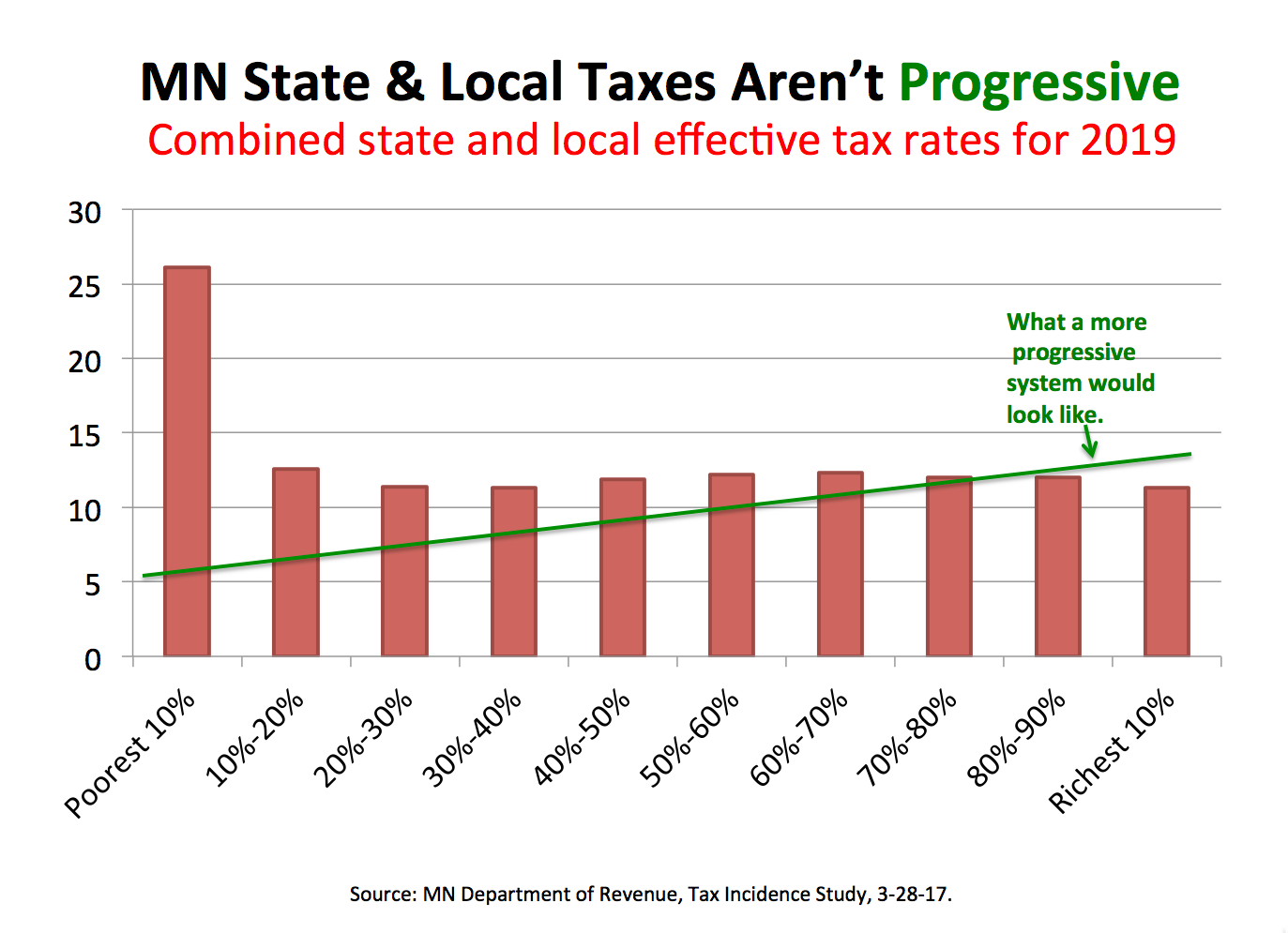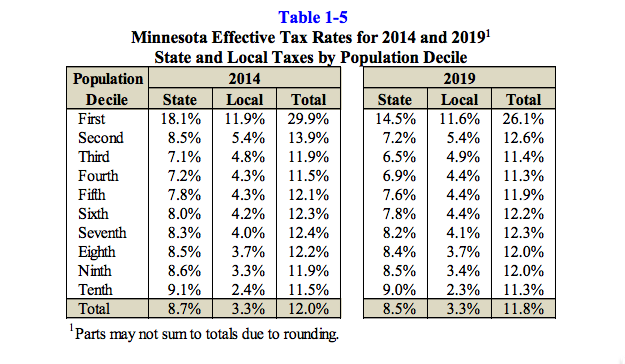During last night’s Part I of the Democratic Presidential debate, moderators and candidates acted as if candidates must make a choice between advocating for Medicare-for-All and a Medicare buy-in option. It was one of the few areas of division among the progressive candidates
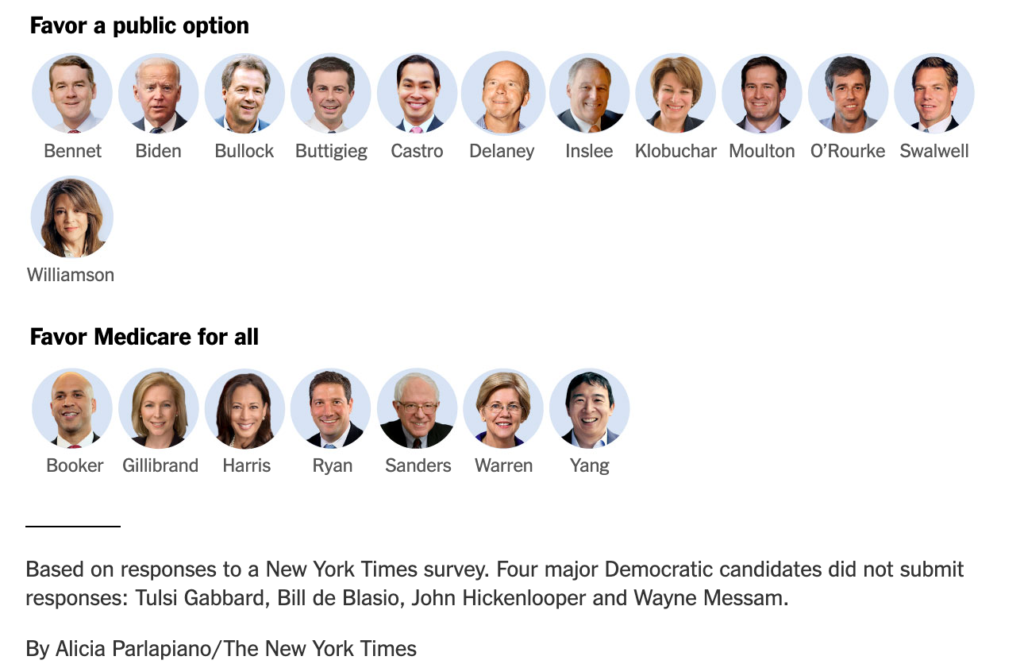
Why? Progressives should be simultaneously advocating for both policies.
Stop Bashing Buy-In Option
Medicare-for-All advocates like Sanders and Warren need to stop taking cheap shots at a Medicare buy-in option.
The reality is, without a filibuster-proof Senate majority, Medicare-for-All simply can’t pass for a while. Therefore, progressives need a Plan B that helps as many Americans as possible, shows that Democrats can deliver on their health care rhetoric, and advances the cause of Medicare-for-All.
That’s what a Medicare buy-in option does.
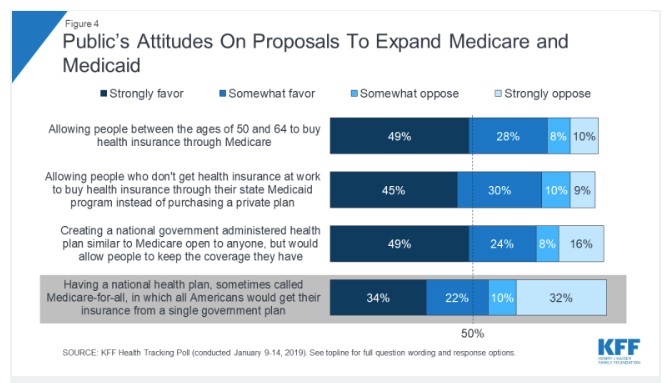
It helps more Americans in the short-run by bringing much more price competition to the marketplace and ensuring every American has at least one comprehensive coverage option available to them, even in poorly served areas.
Beyond helping Americans in the short-term, a buy-in option also advances the cause of Medicare-for-All. Americans have been brainwashed by decades of conservatives’ vilifying of “government run health care,” but a buy-in option will give younger generations of Americans first-hand evidence showing that Medicare is not to be feared. It will show millions of Americans that Medicare is cheaper and better than conservatives’ vaunted corporate health plans.
And that will help disarm conservatives’ red-faced criticisms of “government run health care” and Medicare-for-All.
Stop Bashing Medicare-for-All
At the same time, champions of a Medicare buy-in option like Biden and Buttigieg need to stop railing on a Medicare-for-All.
Even though Medicare-for-All can’t pass right away, progressives need to keep explaining what the world’s other developed nations figured out a long time ago, that a single payer government-run is the only real solution for any nation that hopes to control costs, cover everyone, and improve health outcomes.
For far too long, progressives have been afraid to educate Americans about why a single-payer system is needed. When fearful progressives sensor themselves from explaining why Medicare-for-All is needed, they leave the stage to conservative and corporate demagogues relentlessly spreading myths about the evils of “government-run health care.”
And when progressives leave the stage to conservative demagogues — surprise, surprise – progressives lose the debate.
Start Pushing Both
What would it sound like to advocate these two positions simultaneously? It could sound something like this:
Ultimately, we must cover everyone, control skyrocketing costs, and improve health outcomes. And you know what? Ultimately, the only way to do that is Medicare-for-All.
In America, Medicare has proven effective and is popular with those who use it. In developed nations around the world using government-run systems like Medicare, everyone is covered, costs are much lower and health outcomes are much better.
So Medicare-for-All must to be our ultimate goal. We have to keep our eyes on that prize. We need it as soon as possible.At the same time, the Republican-controlled Senate won’t pass Medicare-for-All. That’s reality folks.
Given that reality, what can Democrats do right now to both help the American people and pave the way for Medicare-for-All in the long-run? A Medicare buy-in option. A buy-in option has lots of public support among Republican voters, so it has a much better chance of passing the Senate than Medicare-for-All.Let Americans choose between corporate care and Medicare. If they want to keep their private health insurance, they can. But given them another option.
President Trump is afraid to give Americans make that choice. I’m not. He knows Americans will like Medicare better, and doesn’t want to give them that option. I’m not afraid, because I know that a Medicare plan that isn’t required to profit off of patients will be cheaper and better that corporate care. So let Americans choose.
Enacting a buy-in option now will show more Americans that they have nothing to fear from Medicare coverage. And that will help us move the American people towards embracing Medicare-for-All.
Pols and pundits keep framing this issue as if it must be a battle to the death for progressives. But Medicare-for-All versus a Medicare Buy-in Option is a false choice. Progressives should be advocating for both, and stop savaging each other on the issue.


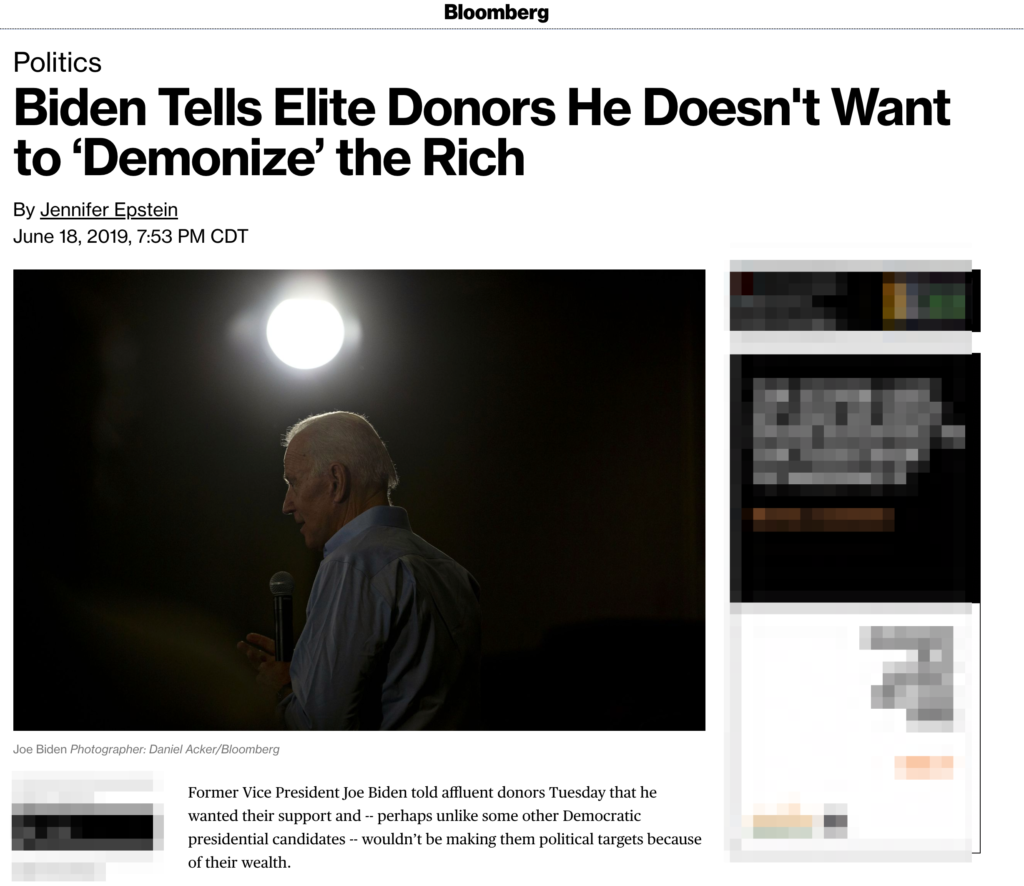
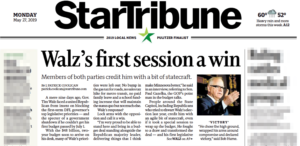 Today in its lead front page story, the Star Tribune trumpeted Governor Tim Walz as the triumphant victor in the recently concluded legislative session. But the truth is, the real victor looks more like conservative devotees of a “no new taxes” pledge.
Today in its lead front page story, the Star Tribune trumpeted Governor Tim Walz as the triumphant victor in the recently concluded legislative session. But the truth is, the real victor looks more like conservative devotees of a “no new taxes” pledge. Democratic presidential candidates are lining up in support of Medicare-for-All, and I’m glad they’re making that case to Americans. Around the
Democratic presidential candidates are lining up in support of Medicare-for-All, and I’m glad they’re making that case to Americans. Around the 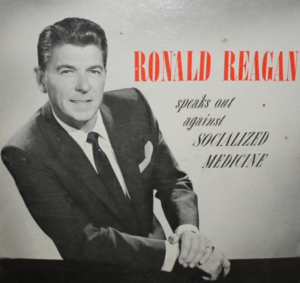 Before we get to that, let’s back up to reflect on how we
Before we get to that, let’s back up to reflect on how we 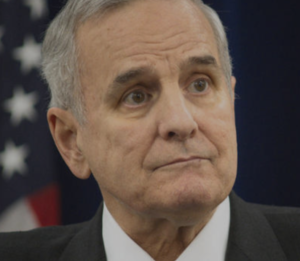 As we count down Mark Dayton’s final days as Governor of Minnesota, it’s worth reflecting on one of the more peculiar figures in recent Minnesota political history.
As we count down Mark Dayton’s final days as Governor of Minnesota, it’s worth reflecting on one of the more peculiar figures in recent Minnesota political history. On social media and on the campaign trail, I see a lot of self-indulgent, self-righteous scream therapy from the left. There is a lot of snide mocking and scolding of Trump voters. Trump voters are called “stupid,” “naive,” “racist,” and worse. As Trump becomes more untruthful, unhinged and un-American by the day, frustrated progressives lash out with greater ferocity at the 46 percent of Americans who voted for Trump in 2016.
On social media and on the campaign trail, I see a lot of self-indulgent, self-righteous scream therapy from the left. There is a lot of snide mocking and scolding of Trump voters. Trump voters are called “stupid,” “naive,” “racist,” and worse. As Trump becomes more untruthful, unhinged and un-American by the day, frustrated progressives lash out with greater ferocity at the 46 percent of Americans who voted for Trump in 2016.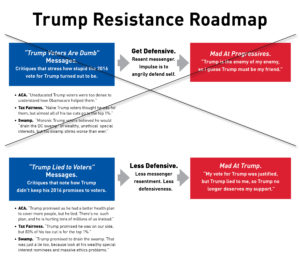 I’m not naive about this. I understand that this messaging nuance won’t persuade every Trump voter. Nothing will persuade Trump voters who are deeply racist, closed minded, or hopelessly brainwashed by the propaganda spewed on Fox News and conservative talk radio.
I’m not naive about this. I understand that this messaging nuance won’t persuade every Trump voter. Nothing will persuade Trump voters who are deeply racist, closed minded, or hopelessly brainwashed by the propaganda spewed on Fox News and conservative talk radio.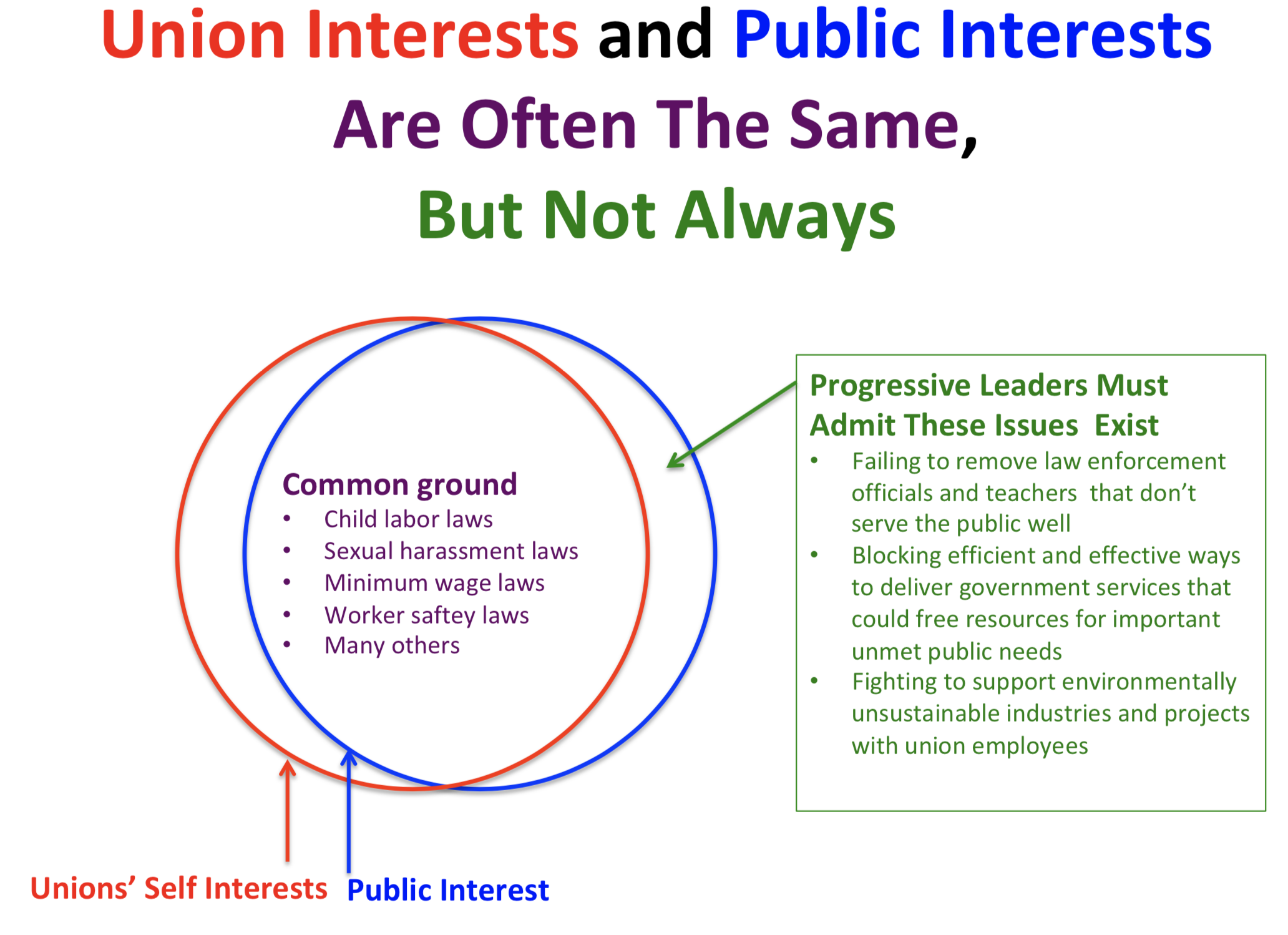
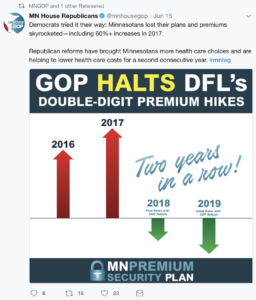 Exuberant Minnesota Republicans seem to think they have a winning health care issue for the 2018 election season–reinsurance. And they do deserve a great deal of credit for helping to enact a state reinsurance program that is reducing premiums for Minnesotans in the individual market. The individual market is for the 162,000 Minnesotans who can’t get insurance from their employer or the government.
Exuberant Minnesota Republicans seem to think they have a winning health care issue for the 2018 election season–reinsurance. And they do deserve a great deal of credit for helping to enact a state reinsurance program that is reducing premiums for Minnesotans in the individual market. The individual market is for the 162,000 Minnesotans who can’t get insurance from their employer or the government.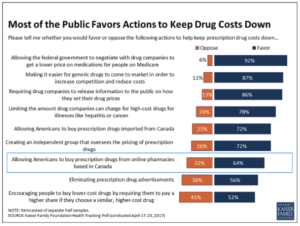 Nearly two-thirds of Americans like this idea. By an overwhelming two-to-one margin, a Kaiser Family Foundation
Nearly two-thirds of Americans like this idea. By an overwhelming two-to-one margin, a Kaiser Family Foundation 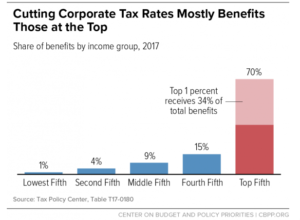 Yesterday, Minnesota House Republicans–following the lead of President Trump and congressional supporters like Representatives Lewis, Emmer and Paulsen–
Yesterday, Minnesota House Republicans–following the lead of President Trump and congressional supporters like Representatives Lewis, Emmer and Paulsen–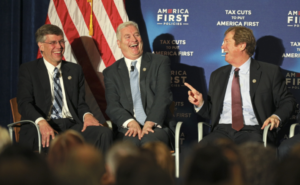 This week, statewide coverage
This week, statewide coverage 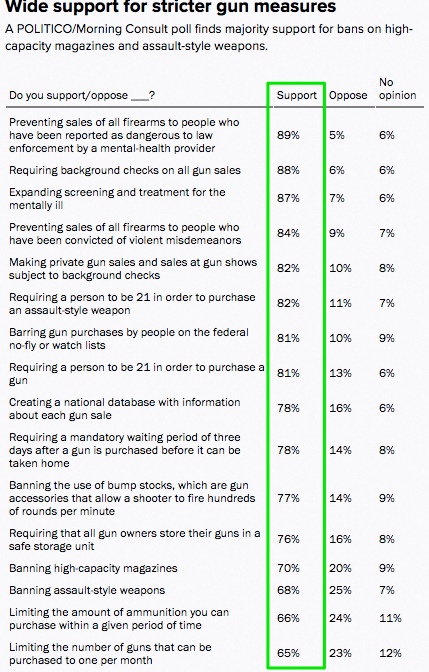 PUTTING NRA CONTRIBUTIONS OVER COMMON SENSE GUN PROTECTIONS. They have blocked
PUTTING NRA CONTRIBUTIONS OVER COMMON SENSE GUN PROTECTIONS. They have blocked  Who is that gallant knight
Who is that gallant knight  Unfortunately, Donald Trump is not on the ballot in 2018. If he was, polls indicate he would get
Unfortunately, Donald Trump is not on the ballot in 2018. If he was, polls indicate he would get 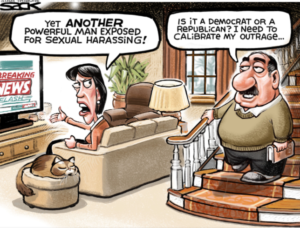 One of the primary rallying cries of the righteous defenders of Senator Al Franken is that he is being “denied due process.” Republican former Governor Arne Carlson was the latest in a long line of folks to make this righteously indignant
One of the primary rallying cries of the righteous defenders of Senator Al Franken is that he is being “denied due process.” Republican former Governor Arne Carlson was the latest in a long line of folks to make this righteously indignant  Gun advocates promised President Obama would be a gun confiscator, and they rushed out to buy stockpiles of weapons and ammunition. To no sane person’s surprise, it never happened, even in the first two years of his presidency when Obama’s party controlled the House, Senate and White House. It was never even proposed.
Gun advocates promised President Obama would be a gun confiscator, and they rushed out to buy stockpiles of weapons and ammunition. To no sane person’s surprise, it never happened, even in the first two years of his presidency when Obama’s party controlled the House, Senate and White House. It was never even proposed. Saint Paul. MN — Ronald “Bud” Carlson, a 68-year old veteran of the Minnesota Senate (R-Lake City), desperately needed a new power tie for an American Legislative Exchange Council (ALEC) annual meeting at a Trump Hotel in Las Vegas last week. But he didn’t have the money to pay for the Stefano Ricci one he needed.
Saint Paul. MN — Ronald “Bud” Carlson, a 68-year old veteran of the Minnesota Senate (R-Lake City), desperately needed a new power tie for an American Legislative Exchange Council (ALEC) annual meeting at a Trump Hotel in Las Vegas last week. But he didn’t have the money to pay for the Stefano Ricci one he needed.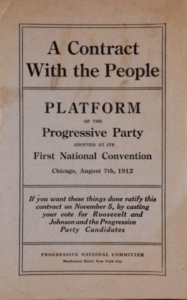 In 2018, progressive Governor Mark Dayton will be retiring, and Minnesota voters will be selecting a new chief executive. To retain control of the Governor’s office in 2018, Minnesota Democrats need a compelling policy agenda. It goes without saying that they also need a compelling candidate, but this discussion is about policy.
In 2018, progressive Governor Mark Dayton will be retiring, and Minnesota voters will be selecting a new chief executive. To retain control of the Governor’s office in 2018, Minnesota Democrats need a compelling policy agenda. It goes without saying that they also need a compelling candidate, but this discussion is about policy.